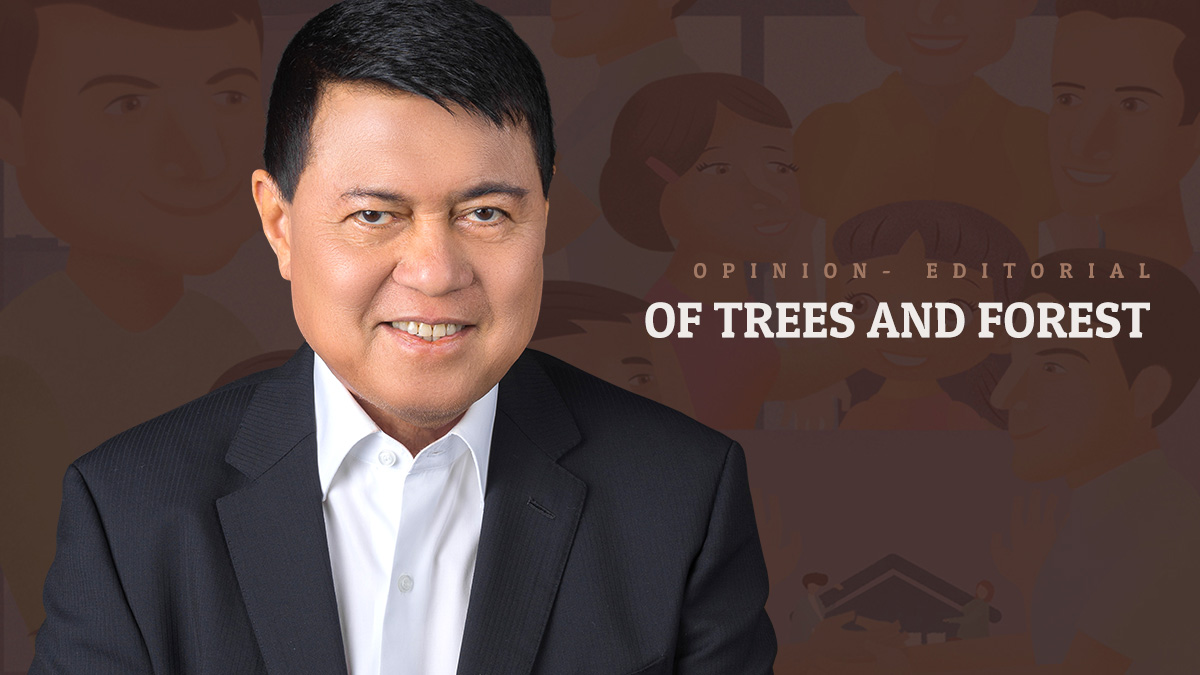
A Rock and a Hard Place
In my columns in the past, I discussed how we should change from a lockdown perspective to a “living-with-COVID19” frame of mind. Even when a vaccine comes up, experts have said that it will take some time before we can have it available to everyone. And until everyone gets vaccinated, we will not really feel safe.
This, I believe, is crucial to our ability to successfully adopt a “living-with-COVID19” posture and gradually returning to “normal” in our daily and economic activities—our people should feel safe. Judging by the Social Weather Station (SWS) on whether Filipinos feel safe doing certain activities, we need to do a better job.
In September 2020, National Mobile Phone Survey, the SWS found that 77% of adult Filipinos considered it risky to their health and well-being to go to the grocery store or market while 69% considered it risky to attend religious services. More significantly, among the 52% with a job or livelihood at the time of the interview, 65% consider it risky to go to their place of work.
The survey was conducted when most areas of the country were already under the Modified General Community Quarantine (MGCQ). The results allow us a peek into the mindset of our people 7 months into the pandemic.
On one hand, you can interpret it to mean that it is good because people continue to remain cautious and would prefer to stay at home. On the other hand, it clearly shows that there is room for improvement in the way we implement health and safety protocols especially if one of our objectives is to start the recovery of our stalled economy.
The fact is that despite the fear, people still need to go to the market and grocery. Not everyone has access to online deliveries and as I have mentioned before, online groceries have limitations in terms of stocks available, higher fees, among others. And also the fact that people still want to see and feel what they are buying.
And despite that fear, people still need to go to work. This means that they have to navigate public transportation as well as being inside the office, where there is the possibility of infection as they interact with other people.
Since we cannot afford to lock people down completely, what needs to be done is to increase our efforts at ensuring that places like markets, groceries, and the workplace are compliant with safety protocols. And for the most part, I think we have been doing a good job. I have seen establishments strictly require customers to wear face masks and face shields. We need to do a better job of enforcing physical distancing requirements, especially in areas that tend to be crowded.
The September SWS survey also provides us with a compelling argument against further lockdowns. The survey found that 52% of adult Filipinos have a job or livelihood at the time of the interview while 36% have no job or livelihood but had one before. This means that adult joblessness is at 39.5% of the adult labor force and while that is a 6-point decline from the record-high 45.5% in July 2020, that also translates to about 23.7 million jobless adults in the country.
More troubling is the data that 38.3% of those with no job/livelihood experienced involuntary hunger (hunger due to lack of food to eat) at least once in the past three months. This is an increase of 13% compared to July 2020.
In simple terms, our people are caught between a rock and a hard place. We want to stay home so we reduce the risk of COVID19 infection but if we do not go to our jobs we’ll probably lose our jobs and our family would go hungry. This is the predicament of most of our people. What needs to be done is to reduce the risks when people have to go out of their house. This can be done by people following safety protocols and by the government and the private sector working together to ensure that our people feel safe when they leave the safety of their homes.
Source:






